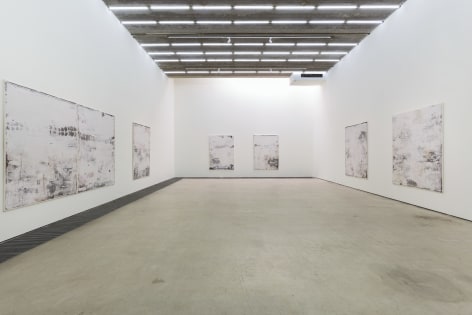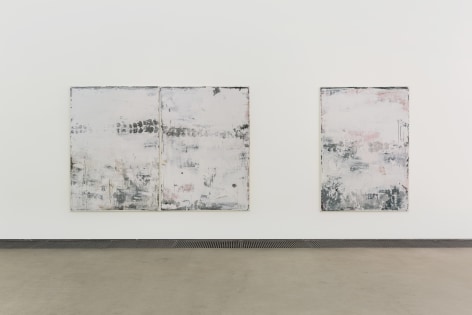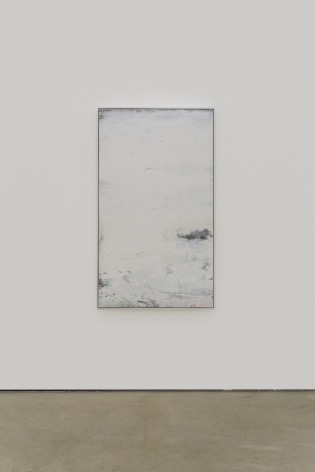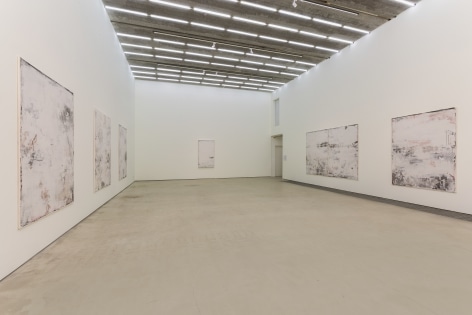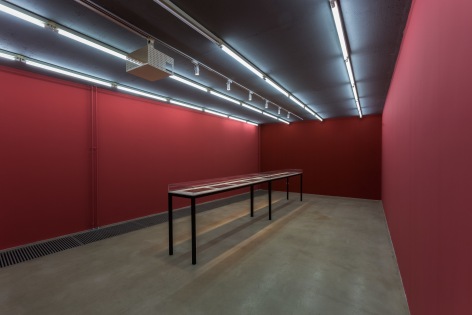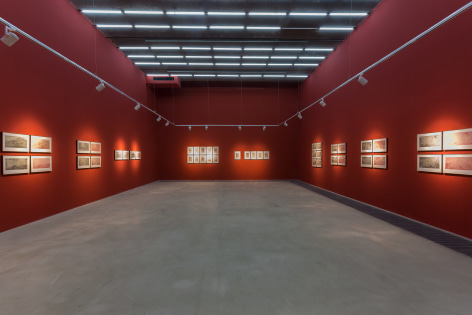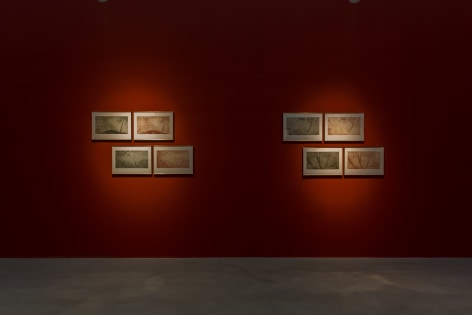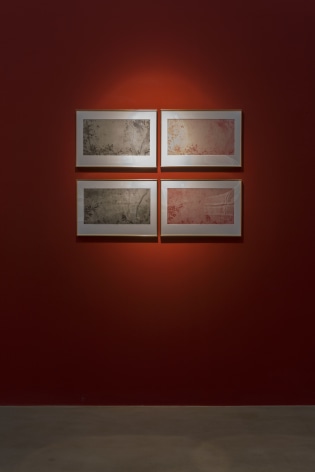Chambers Fine Art is pleased to announce the opening on September 23, 2017 of Yan Shanchun: A Decade of Paintings and Prints. Born in 1957 in Hangzhou, Yan graduated from the Printmaking Department of the Zhejiang Academy of Fine Arts (now China Academy of Fine Arts) in 1982, and thus belongs to the generation of artists who were the first to graduate after the academies were closed during the Cultural Revolution (1966-1976).
Yan’s career has followed an unusual path. For a decade after joining the staff of the Shenzhen Fine Arts Institute in 1993, he devoted most of his time to scholarly pursuits, only returning to painting in 2005. Since 2010, however, he has simultaneously explored the imagery of West Lake in Hangzhgou in paintings and etchings. The current exhibition, Yan’s second exhibition at Chambers Fine Art, focuses on the fascinating dialog between his paintings and etchings which are inspired by the same subject matter although totally different in scale and impact.
The celebrated city of Hangzhou, located in an area of considerable wealth and culture is centered on West Lake, a source of inspiration for poets and painters for hundreds of years. Even when Yan was not living in Hangzhou, memories of the famous lake and celebrated viewing-points never left him and they became the inspiration for much of his work. Now that he lives and works in Hangzhou he can see the lake whenever he wishes although this is less important to him than his memories of it and its unique position within the history of art in China. It is no exaggeration to refer to him as the painter/poet of West Lake, successor to the numerous artists who from the Song dynasty onwards have referred to it in their works.
Yan is also well versed in ink painting as well as classic Chinese poetry which aim not to describe but to evoke through carefully observed details. That being said, Yan wears his learning lightly and the paintings and etchings are memorable for the manner in which they reveal so much while remaining self-effacing and reticent.
Yan’s painting result from the application of multiple layers of pigment, concealing memories of the famous landscape of West Lake that hover in the background and appear only intermittently. In the West Lake in my Dream series of paintings (2009) it was almost as if Yan wanted to draw a veil over his working process, presenting the viewer with mysterious evocations of a vanished past. In his current paintings he has the opposite intention. He has described how, after laying down Korean vellum paper and covering it with plaster powder, he proceeds “to sandpaper the surface before creating images with ink and cinnabar pigment… Depending on the design and composition, further layers will be applied to the surface, followed by sandpapering and further painting. In general a work will go through this process several times.” In the ten years that have elapsed since he first started using plaster powder as ground for his paintings, he has shown increasing willingness to let it appear in an unadulterated form. Accidents are welcomed and lead to new discoveries.
Yan’s print-making procedures are as unconventional as his painting technique. Using a mixture of sulfur and olive oil to produce recesses in the copper plate, and printing on Japanese ganpishi paper, Yan creates prints that he described several years ago as having “a luminous, silver-print photography effect, lending the image a heavy, metallic feel similar to how I feel about the West Lake: clear, remote, tempered and classic.” Small in scale, the etchings vary greatly in subject matter, broader views of the expanse of the lake and its surroundings contrasting with evocative details. Included in the exhibition are etchings dating from 2016 and 2017 representing Baoshi Hill and a new series Dream of the Red Chamber printed in red. For true print-lovers, it is refreshing to see Yan’s poetic etchings that provide the kind of deep satisfaction associated with the great print-makers of the past.
Although Yan is fully cognizant of the long history of abstract painting and print-making in the West, he has been less concerned with rivaling these antecedents than in modifying their example to enrich the valued tradition of Chinese literati who cultivated the arts of calligraphy, painting and poetry in seclusion. That privileged life-style is no longer possible but in his detachment from the goal-oriented atmosphere of the contemporary art world and in the development of his own quiet poetic sensibility equally attuned to poetry and the visual arts, he may be considered a twenty-first century equivalent of these legendary polymaths.

